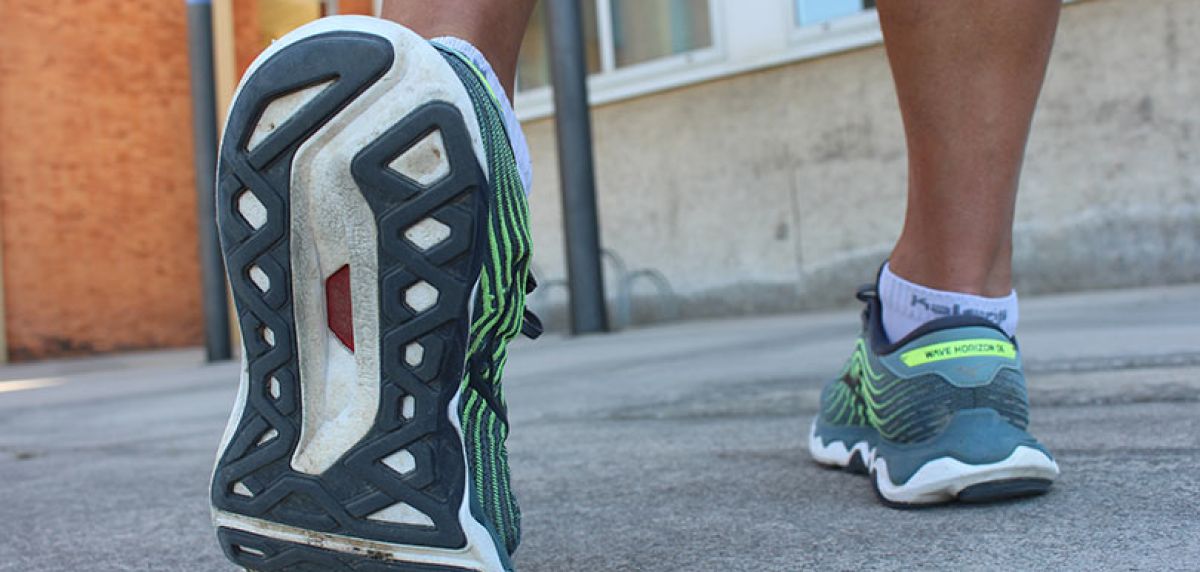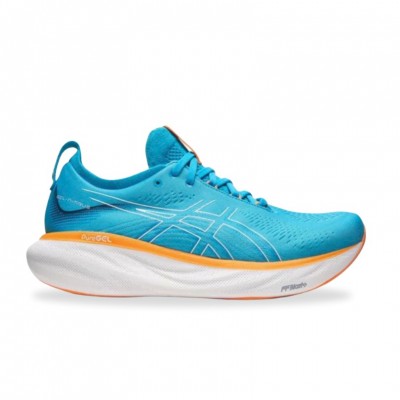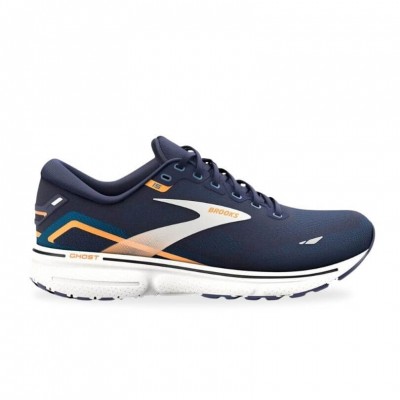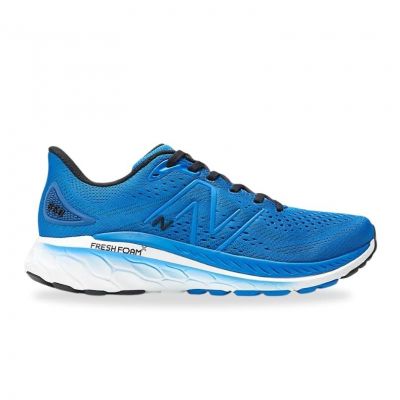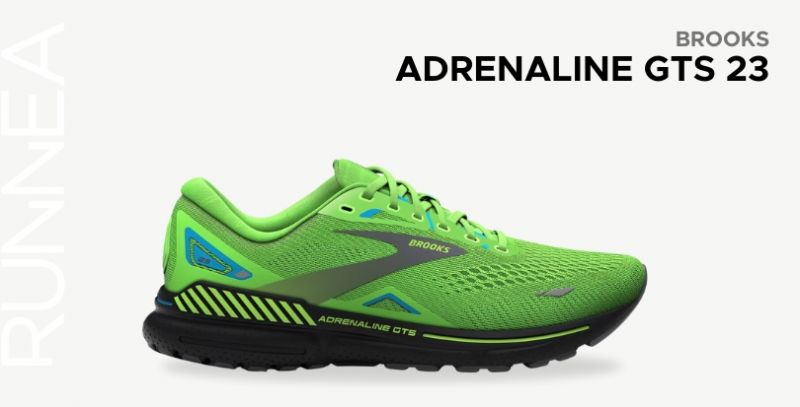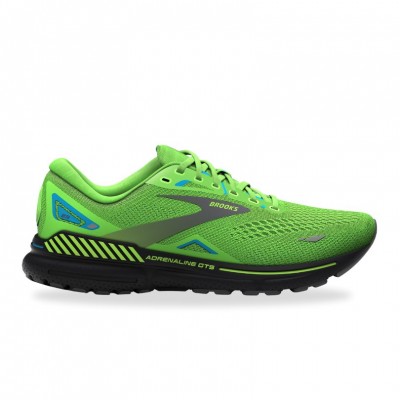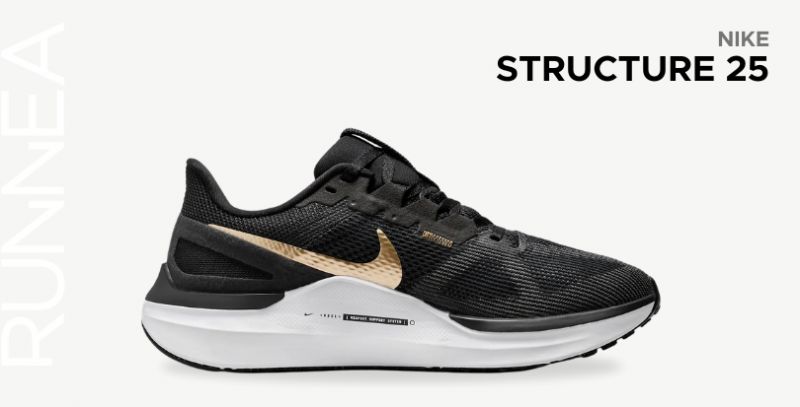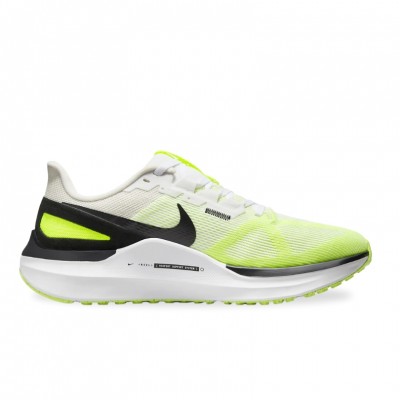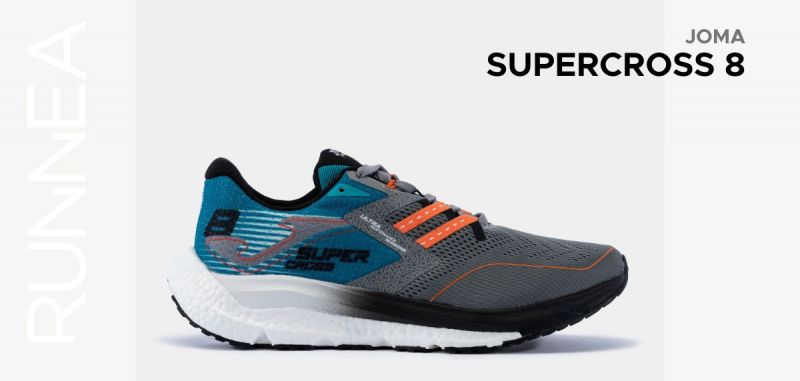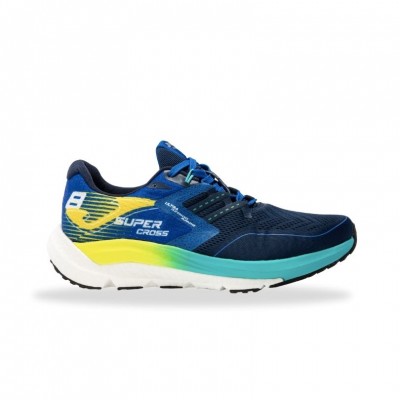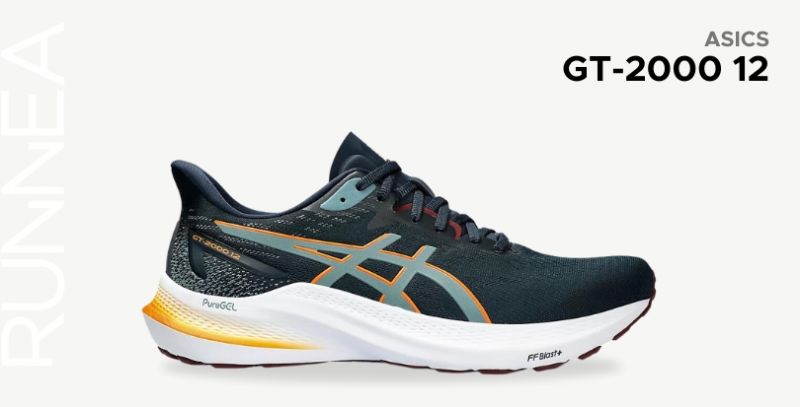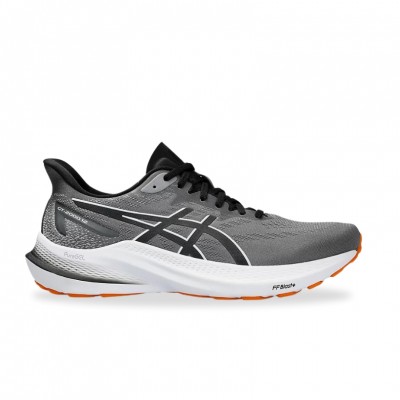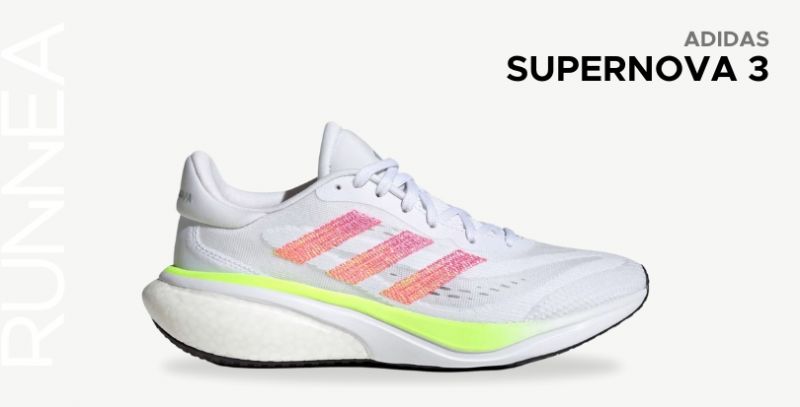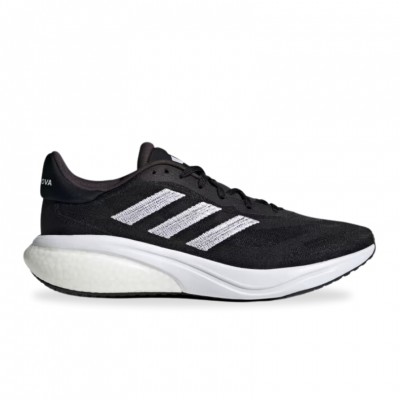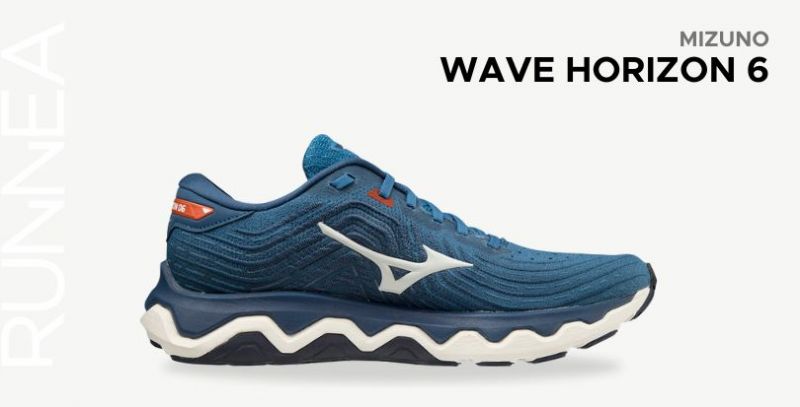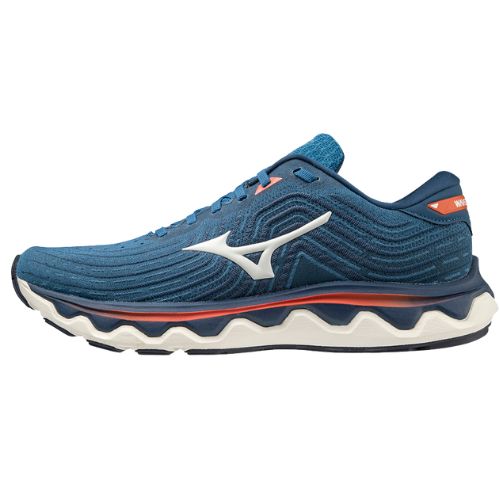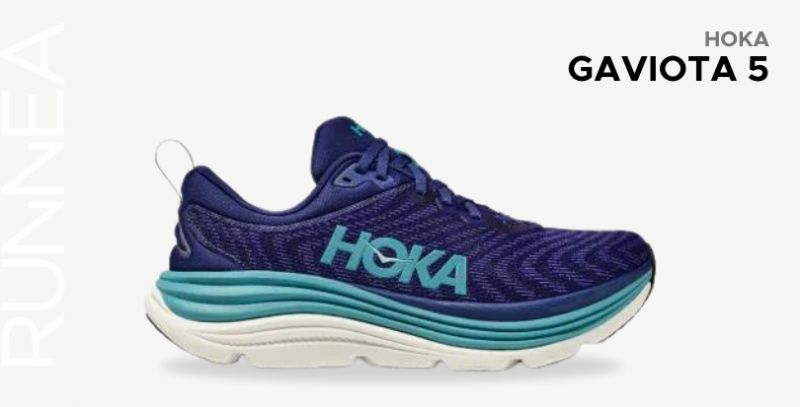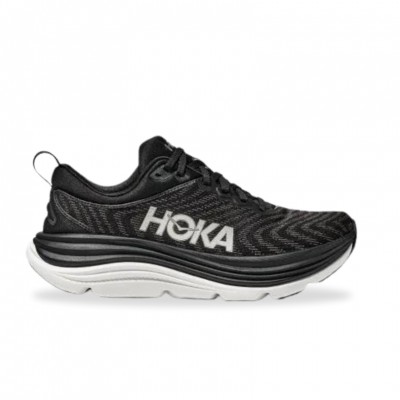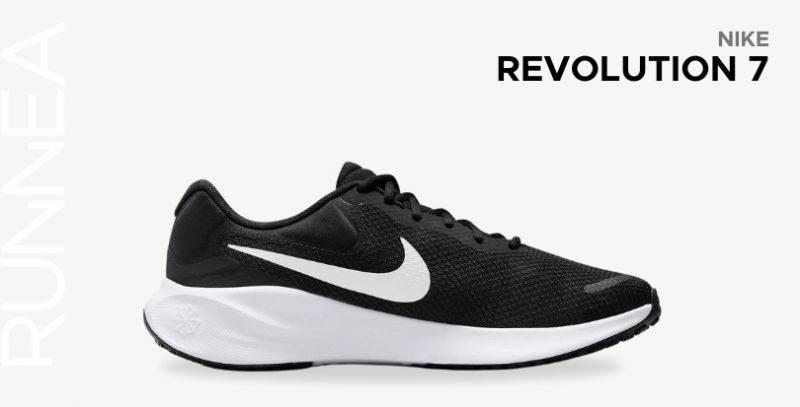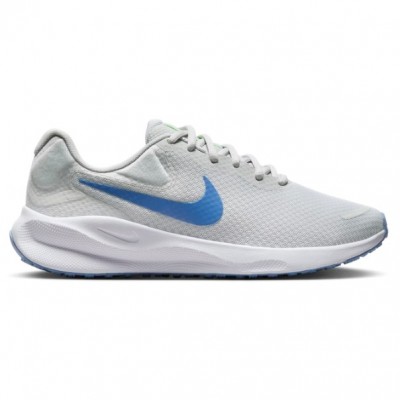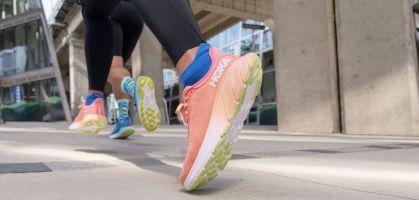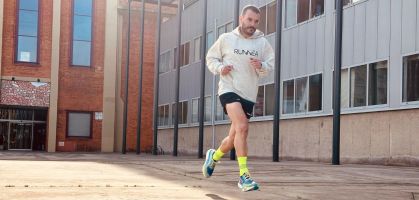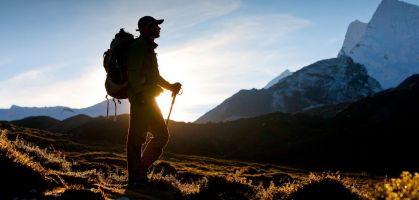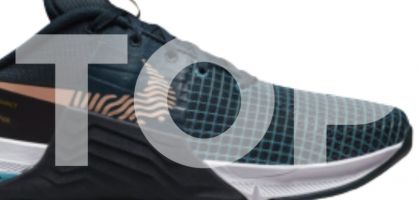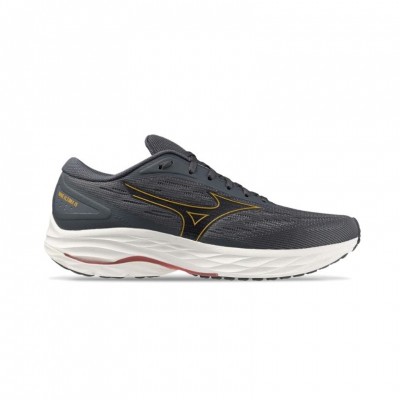When we thought about asking this type of content to our head sports podiatrist and running shoes enthusiast, Toni Fernández Sierra, we didn't get a "no" for an answer -something very dangerous for him-. It is true that he almost asked us for the wild card of the call, because talking about the best running shoes to avoid plantar fasciitis has its crumb. So this is a post of those recommended reading and with a list of recommendations in running shoes that you should not overlook.
Yes, it is true that it is one of the most frequent sports injuries in popular runners, but when a runner comes to my office and asks me a question like this, my first reaction is to swallow; and not because I don't know what to answer, but because of the complexity of the answer. So I'm going to tell you the same thing I would tell you if you were at PODUM, my clinic in Cordoba.
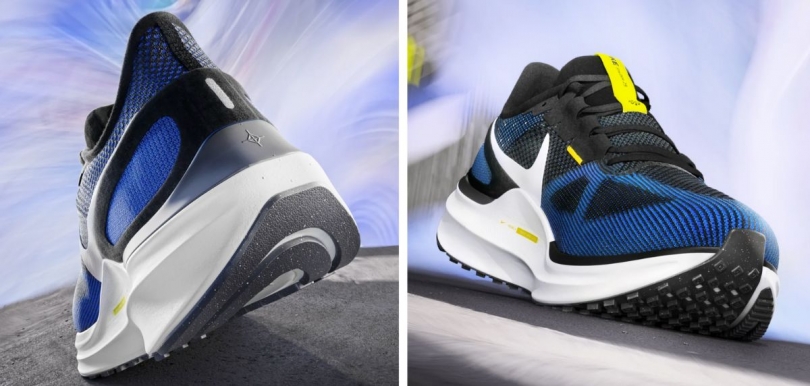
Demystifying the plantar fasciitis injury
First of all, I would like to demystify the dreaded PLANTAR FASCITIS. It has a reputation for being an insidious and untreatable injury, but in most cases, this is because we confuse plantar fasciitis with many other conditions that occur in that area. If you have a long time with pain in the sole of the foot, you are diagnosed with fasciitis and the injury is not solved, you should consider the option that your problem is another, and you need another type of treatment.
We can also find ourselves with fasciitis, which I call; secondary. Which means that the fascia really bothers us, but the original injury is in another place (in a secondary way we force the fascia to work in excess for incorrect supports or some other decompensation and the fascia collapses).
What is plantar fasciitis and why does it occur?
Plantar fasciitis is an inflammation due to overuse or trauma of a rather fibrous tissue that runs from the back of the foot (calcaneus) to the toe area, fanning out.
In summary we can say that its main function is to give elasticity to the plantar arch so that it "deforms" and adapts to the ground when we impact against the ground and help in the flight phase (without load) to recover the arches. It is like a rubber.
Personally I have a phrase that I repeat a lot: a bad diagnosis begins with a bad treatment and ends with a chronic injury. The worst scenario for an athlete
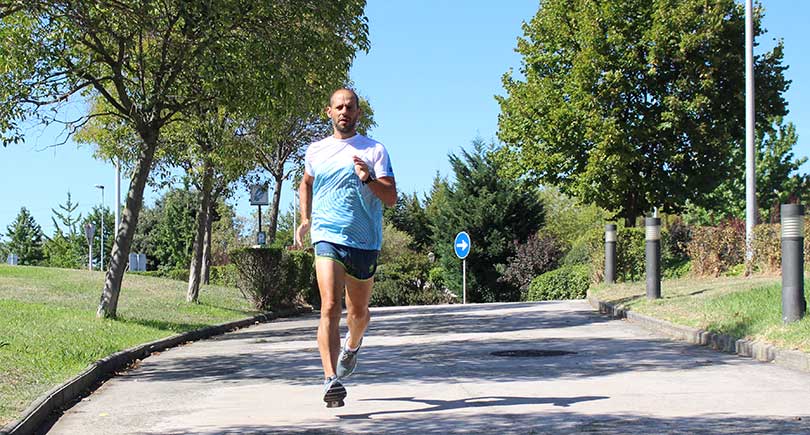
Direct link between running shoes and plantar fasciitis
Why am I explaining this to you? Because now it will be much easier to understand what features we should look for in a running shoe to help us avoid plantar fasciitis.
If we said that plantar fasciitis usually appears when the arches of our foot are flattened in excess when contacting the ground either by excessive pronation, by a flat foot, by being overweight, by muscle fatigue after running many kms.... and we exceed the elastic capacity of the fascia, we should look for shoes that offer us greater support and help us to limit this excess movement. But watch out....Support, YES; Splinting, NO.
We should pay attention to several things:
- Existence of lateral support elements in the heel and midfoot area.
Such as pieces in the heel counter, type of lacing, lateral support of the tongue, type of upper material, existence or not of a chassis on the sides between the midsole and the upper... or any other element that gives us a feeling of support when we put our foot in.
- Degree of torsional control of the shoe in the midfoot.
If we hold a shoe at the heel and toe area and we are able to twist it or bend it in half, it means that when we run it will not have support capacity.
- Cushioning of the shoe must be adequate according to our weight
The sensation that the shoe must transmit is that it cushions, but at the same time it must transmit stability. When running it must absorb the impacts, but an excess of cushioning will make the shoe deform in excess and our plantar arch will deform more, increasing the work that our musculature must make to stop this instability, being able to provoke the injury.
Not sure which running shoe to choose?
In a few simple steps we help you to choose the ideal running shoe for you
Go to the Shoe Finder- Always look for shoes with wide bases
To find out it is as easy as turning the shoe upside down and look at the sole; the wider the better. Thanks to the wide bases we gain in stability during the race. Personally I do not like very much for this pathology the designs where just below the internal arch eliminate material leaving that area without support. As the kilometers go by we will pronate, the midsole materials will collapse and if we do not have support in that area, the upper will give way, the foot will pronate due to lack of support and the fascia will tighten excessively. In the same way if we are big pronators.
- Shoes with marked profiles that favor the transition in the support.
Either from the heel, midfoot or forefoot, depending on our running technique. These designs, let's say boat type, make that the support times are low (less time with the foot on the ground, less risk of injury).
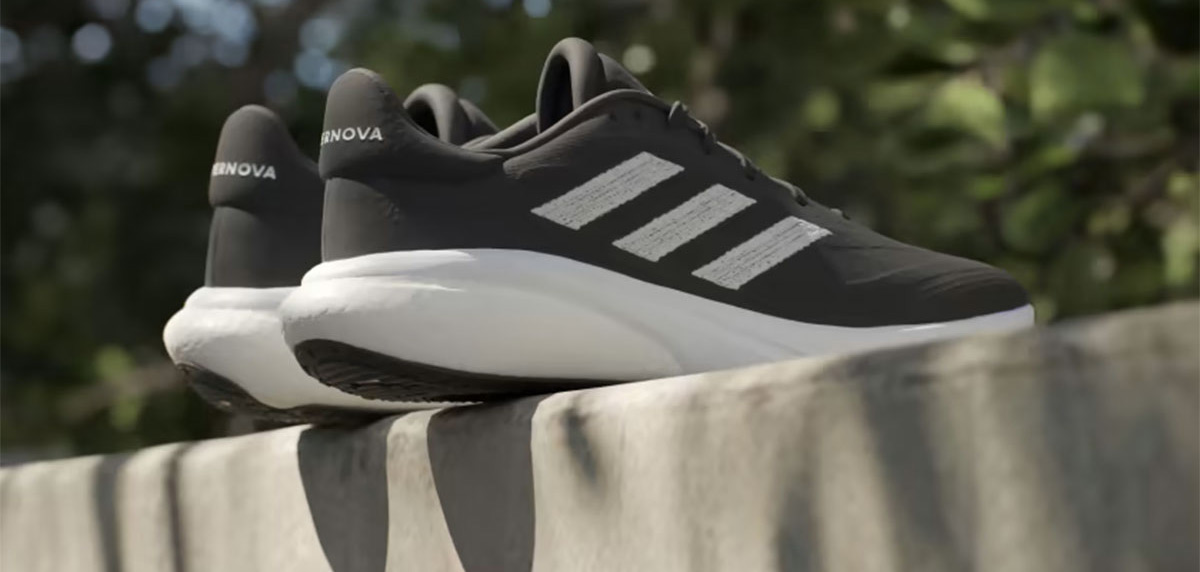
- Higher or lower drop, which is better?
There is a lot of controversy about the drop that improves fasciitis pain. Personally I usually recommend medium/higher drops, if the shoe is a running shoe for training; if we do not have a good running technique; if it is for long runs; if we have a few extra kilos...and ALWAYS if the shoe complies with the above (stability, firm cushioning, support...).
Runners with good technique, medium/low weight, good support...can use medium/lower drops.
Why I think this way is easy to explain, although I know that not everyone will agree. A high drop causes a slide effect, which will decrease support times as long as the midsole materials are not too soft. Even so, I don't pay too much attention to the drop of the shoes, as I pay more attention to the profiles, the rockers, the densities of the materials....
We can also try to recover the injury in a totally opposite way; using minimalist shoes like Five Fingers, Merrell... and looking for a greater power of our plantar musculature, something that we also do with our runners, but in asymptomatic phases and in runners with good technique.
We could talk at length about this type of minimalist shoes, but the subject is postponed for future posts in RUNNEA.
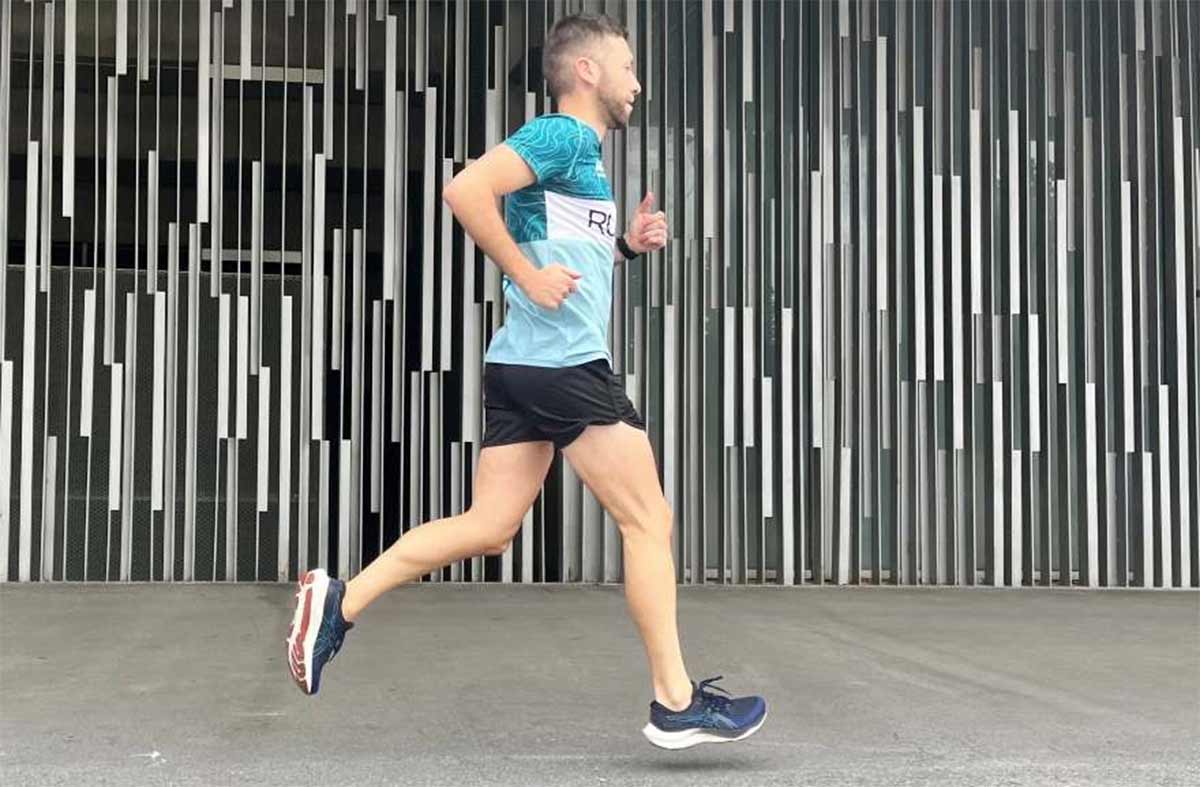
The best running shoes to avoid plantar fasciitis
Before starting with the list of shoes, add that a correct choice of shoe may not help us to recover the fascia (the causes of injury are multifactorial and sometimes you have to perform an analysis of the footprint in a specialized center), but a poor choice of footwear is sure to increase the tension in the fascia, and thus an aggravation of the injury.
New Balance Fresh Foam X 860 v13
The New Balance Fresh Foam X 860 v13 shoe is one of those models that you know are a sure hit if you're looking for a balance between support and cushioning. You will run comfortably and, above all, safely with a high protection in every kilometer. One of the main features is that it is a true runner, one of the models that will not let you down if your preference is stability and reliability against the pace of the race. It still incorporates the same Fresh Foam X foam, but with more foam in the rear of the shoe. The feeling of increased cushioning for outstanding comfort. The medial support of this shoe has also evolved for a more stable and secure stride.
- Surface: Road
- Use: Training
- Cushion: High
- Running gait: Overpronation
- Drop: 10 mm
- Pace: Low, Medium
- Weight: 309H/243M
Brooks Adrenaline GTS 23
The Brooks Adrenaline GTS 23 have as main objective to offer a perfect balance between support and comfort during our workouts. This new version presents slight improvements over the previous version, improving in important aspects such as cushioning.
- Surface: Road
- Use: Training
- Cushion: High
- Running gait: Overpronation
- Drop: 12 mm
- Pace: Low, Medium
Nike Structure 25
The new Nike Structure 25, one of the best pronation models of the Oregon brand, is now available. This latest version presents important new features to recover the essence of a shoe designed to run with the support, cushioning and comfort needed in all types of training on asphalt.
- Surface: Road
- Use: Training
- Cushion: High
- Running gait: Overpronation
- Drop: 10 mm
- Pace: Low, Medium
Joma Supercross 8
The Joma Supercross 8 represent a clear bet by the brand from Toledo to offer a great combination of cushioning, comfort and response to face all kinds of distances in each of your workouts. Its midsole, which is composed of Full Dual Pulsor and Reactive Ball, ensures a high level of shock absorption, while the different densities of the foams contribute to increase stability and avoid possible deformations. It is an ideal model for intermediate and/or heavy runners.
- Surface: Road
- Use: Training, Racing
- Cushion: Neutral
- Running gait: Neutral
- Drop: 10 mm
- Pace: Medium
- Weight: 266 gr
ASICS GT-2000 12
The new ASICS GT-2000 12 is one of the shoes that provides stability and support for our daily workouts and that we can use from short to long distances without any problem.This new version has been updated but still maintains the essence of the range.
- Surface: Road
- Use: Training
- Cushion: Neutral
- Running gait: Overpronation
- Drop: 8 mm
- Pace: Low
Adidas Supernova 3
The new version of the adidas Supernova 3 arrives with a major renovation compared to its previous version, while maintaining the exceptional quality and price ratio that characterizes it. It is an ideal shoe for those who are new to running thanks to its versatility and high performance.
- Surface: Road
- Use: Training
- Cushion: Neutral
- Running gait: Neutral
- Drop: 9 mm
- Pace: Low, Medium
Mizuno Wave Horizon 6
The Mizuno Wave Horizon 6 is a running shoe that stands out for its comfort and excellent performance for running, especially at low and easy paces. The introduction of a new foam, the use of new materials in the upper and a renewed sole design stand out. The midsole incorporates the new Enerzy Core foam, which together with Mizuno's well-known Wave technology, results in a very cushioned, stable and more dynamic feel than in previous versions.
- Surface: Road
- Use: Training
- Cushion: High
- Running gait: Overpronation, Neutral
- Drop: 8 mm
- Pace: Low, Medium
- Weight: 320 gr
HOKA Gaviota 5
One of the most versatile HOKA shoes is undoubtedly the HOKA Gaviota 5, a shoes designed to provide extra stability and support, either in our occasional running training or during our daily routines.
- Surface: Road
- Use: Training
- Cushion: Neutral
- Running gait: Overpronation
- Drop: 6 mm
- Pace: Medium
Nike Revolution 7
The Nike Revolution 7 is a shoe that offers the quality and style of Nike at an affordable price and is ideal for novice runners. These shoes stand out for their great comfort and support for short distances and easy paces.
- Surface: Road
- Use: Training
- Cushion: Neutral
- Running gait: Neutral
- Pace: Low
Read more news about: Running News
